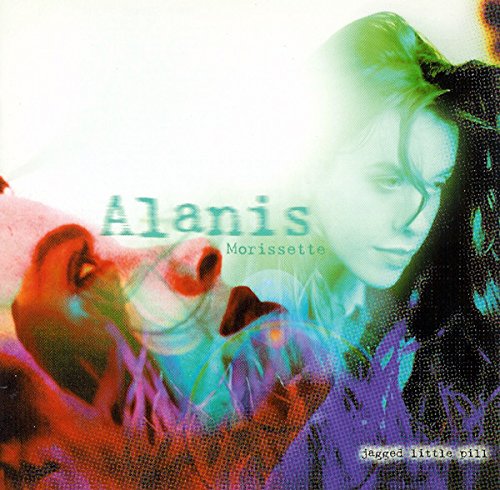There are some authors whose books I will read no matter what. Now imagine my delight when six of these writers collaborated on one book! Blackout the anthology of short stories by the best writers of today: Dhonielle Clayton, Tiffany D. Jackson, Nic Stone, Angie Thomas, Ashley Woodfolk, and Nicola Yoon, is a must-have in any high school library collection. The setting is exactly the same for all of the writers' tales: in NYC a massive blackout takes over the city and from there the stories take form. From exes competing for the same summer internship to new crushes developing at a home for the elderly, there is a range of love stories for everyone to get into. There are even LGBTQIA relationships that develop with such care that no reader will be unaffected by them. This is the perfect example of Black joy for young adult readers on up.
What stood out to me about these stories is that they continued in the form of snapshots throughout the whole book. It reminded me of a film or play taking place at the same time with fadeaway shots dimming at the close of a chapter and then picking up at the start of another one as the next part of the story unfolds for the characters there. One might think this would be hard to keep track of all of the storylines, but this is where the writers truly shine in their depth of developing each character and their motivations. One suggestion I have is to help those who have never been to NYC understand the layout of the boroughs, is to include a map to help with the movement of the storylines. The cover is also beautifully designed, by Erin Fitzsimmons, and has a surprise underneath the book jacket! I cannot decide how to display it in my bookshelf...
Other anthologies that Blackout reminded me of are Black Boy Joy and Ancestor Approved. These are more for middle grade readers while Blackout is more for high school aged readers.








.jpg)









.jpg)
.jpg)


